Mastering Vocal Dynamics: How Intonation Patterns Transform Business Communication
Discover the science and application of strategic intonation for enhanced business clarity
In today's fast-paced business environment, how we say something can be just as important as what we say. I've found that mastering intonation patterns is a powerful yet often overlooked tool that can dramatically improve message clarity, retention, and impact across all business interactions.
The Science of Business Intonation
I've always been fascinated by how intonation—the rise and fall of our voice—impacts business communication. Intonation isn't just about sounding pleasant; it's a neurological tool that directly affects how listeners process and retain information. When I speak with strategic pitch variations, I'm actually creating neural pathways that help my audience organize complex business concepts.
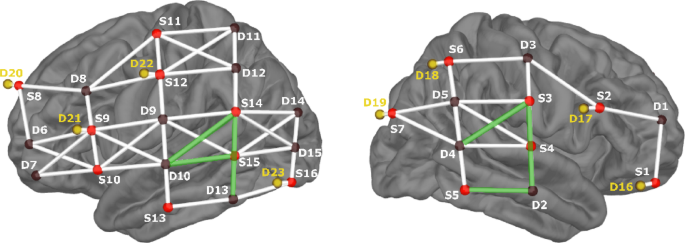
Neural activation patterns when processing different intonation types
Research has consistently shown that vocal variation significantly impacts message retention. In fact, studies indicate that presentations with dynamic intonation patterns can increase information retention by up to 40% compared to monotone delivery. This is particularly crucial when communicating business overview pitch deck content where complex information needs to be absorbed quickly.
Impact of Intonation on Message Retention
What I find particularly fascinating is how intonation interpretation varies across global business environments. In some cultures, rising intonation signals politeness, while in others, it may be perceived as uncertainty. These cultural nuances become increasingly important as businesses expand globally and teams become more diverse.
flowchart TD
A[Intonation] --> B[Neurological Processing]
A --> C[Psychological Impact]
A --> D[Cultural Interpretation]
B --> E[Information Organization]
B --> F[Memory Formation]
C --> G[Perceived Credibility]
C --> H[Emotional Response]
D --> I[Western Business Norms]
D --> J[Eastern Business Norms]
D --> K[Regional Variations]
classDef orange fill:#FF8000,stroke:#E67300,color:white
classDef blue fill:#42A5F5,stroke:#1976D2,color:white
classDef green fill:#66BB6A,stroke:#43A047,color:white
class A orange
class B,E,F blue
class C,G,H green
class D,I,J,K orange
The multifaceted impact of intonation on business communication
The psychological foundations of pitch, stress, and rhythm in professional settings create what I call "mental frameworks" for listeners. When I carefully structure my intonation patterns during important business discussions, I'm essentially providing auditory signposts that guide my audience through complex ideas, making them significantly easier to follow and remember.
Critical Intonation Patterns for Business Clarity
Through years of business communication experience, I've identified several intonation patterns that consistently enhance clarity and impact. These patterns serve as powerful tools in my communication toolkit, each with specific applications and benefits.
The "Confidence Curve": Descending Intonation
When I need to convey authority and certainty, I rely on the "confidence curve"—a descending intonation pattern that starts slightly higher and gradually lowers toward the end of statements. This pattern signals conviction and finality, essential qualities when delivering important business decisions or presenting authoritative information during investor communication sessions.
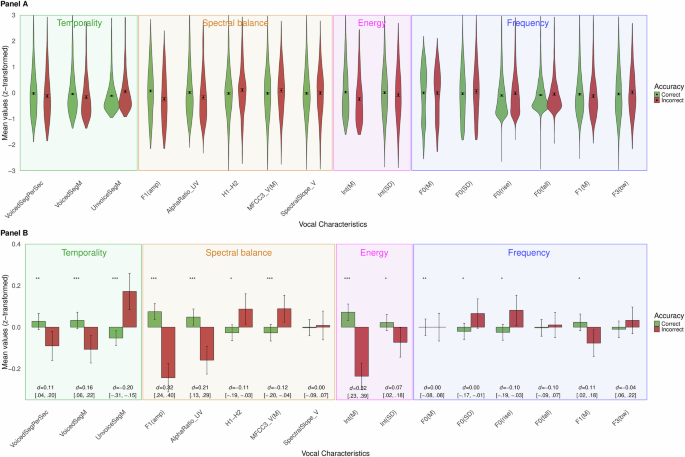
The "Confidence Curve" descending intonation pattern
Strategic Question Intonation
When seeking specific information, I've found that modulating question intonation can dramatically improve the quality of responses. For open-ended questions that require detailed answers, I use a more level intonation with slight emphasis on key words. For yes/no questions requiring quick decisions, a more pronounced rising intonation pattern proves more effective.
Question Intonation Patterns & Response Quality
Emphasis Patterns for Key Information
When presenting data or making important points during business proposal writing and delivery, I use deliberate emphasis patterns—combining slightly higher pitch, increased volume, and slower pace—to highlight critical information. This technique creates "auditory highlighting" that signals to listeners: "pay special attention to this point."
Strategic Pauses
I've learned that what I don't say is sometimes as powerful as what I do say. Strategic pauses create mental space for complex concept absorption, allowing listeners to process information before moving to the next point. I typically use these pauses:
- Before introducing a key concept (anticipatory pause)
- After stating important data or conclusions (absorption pause)
- During transitions between major topics (transitional pause)
- Before delivering a final recommendation (dramatic pause)
flowchart LR
A[Business Communication] --> B[Intonation Patterns]
B --> C[Confidence Curve]
B --> D[Question Intonation]
B --> E[Emphasis Patterns]
B --> F[Contrast Intonation]
B --> G[Rhythm Variations]
B --> H[Strategic Pauses]
C --> C1[Authority Statements]
C --> C2[Decision Announcements]
D --> D1[Information Gathering]
D --> D2[Confirmation Seeking]
E --> E1[Data Presentation]
E --> E2[Key Point Highlighting]
F --> F1[Option Comparison]
F --> F2[Pros/Cons Analysis]
G --> G1[Attention Maintenance]
G --> G2[Engagement Boosting]
H --> H1[Concept Absorption]
H --> H2[Dramatic Effect]
style A fill:#FF8000,stroke:#E67300,color:white
style B fill:#FF8000,stroke:#E67300,color:white
style C,D,E,F,G,H fill:#42A5F5,stroke:#1976D2,color:white
Critical intonation patterns and their business applications
By mastering these intonation patterns, I've significantly improved my ability to convey complex business information with clarity and impact. The key is deliberate practice and awareness of how these patterns affect listener comprehension and response.
Common Intonation Pitfalls in Business Communication
Throughout my career, I've observed several intonation patterns that consistently undermine business communication effectiveness. Recognizing and avoiding these pitfalls has been crucial to my development as a communicator.
The "Uncertainty Uptick"
One of the most damaging intonation habits I've worked to eliminate is what I call the "uncertainty uptick"—the rising terminal intonation at the end of statements that makes them sound like questions. This pattern severely undermines perceived leadership credibility and authority, especially in high-stakes business environments.

The credibility-damaging "uncertainty uptick" pattern
Monotone Delivery
Perhaps the most common intonation pitfall I encounter is monotone delivery—speaking with minimal pitch variation. My experience aligns with research showing that monotone delivery correlates strongly with information retention failure. When listeners can't distinguish important points from supporting details through vocal cues, they struggle to organize and remember the information.
Over-Emphasis Patterns
While strategic emphasis is valuable, I've learned that over-emphasizing too many points creates listener skepticism. When everything is emphasized, nothing stands out as truly important. This "boy who cried wolf" effect diminishes the impact of genuinely critical information.
Impact of Different Emphasis Patterns on Listener Trust
Digital Distortion
In today's remote work environment, I've had to adapt my intonation strategies to account for how digital communication platforms distort natural intonation patterns. Video conferencing systems often compress audio, reducing subtle intonation variations. This technological limitation requires more pronounced intonation patterns to ensure clarity—something I've had to consciously practice when using AI speech generators or delivering virtual presentations.
flowchart TD
A[Common Intonation Pitfalls] --> B[Uncertainty Uptick]
A --> C[Monotone Delivery]
A --> D[Over-Emphasis]
A --> E[Regional Biases]
A --> F[Digital Distortion]
B --> B1[Undermines Authority]
B --> B2[Reduces Perceived Expertise]
C --> C1[Information Retention Failure]
C --> C2[Listener Disengagement]
D --> D1[Listener Skepticism]
D --> D2[Critical Point Dilution]
E --> E1[Unintended Messaging]
E --> E2[Cultural Misinterpretation]
F --> F1[Audio Compression Issues]
F --> F2[Delay-Caused Interruptions]
style A fill:#FF8000,stroke:#E67300,color:white
style B,C,D,E,F fill:#FF5252,stroke:#D32F2F,color:white
Common intonation pitfalls and their business impact
Identifying these pitfalls in my own communication has been invaluable. I regularly record and analyze my important business communications, focusing on eliminating these problematic patterns while enhancing the effective intonation strategies discussed earlier.
Intonation Applications Across Business Contexts
The strategic application of intonation varies significantly across different business contexts. I've developed specialized approaches for three critical business scenarios: presentations, negotiations, and team leadership.
Presentation Scenarios
When delivering presentations, I focus on pitch modulation techniques that introduce new business concepts with clarity and impact. Starting with a slightly elevated pitch creates initial engagement, followed by deliberate variations to maintain attention throughout longer presentations.
For numerical data and statistics, I've developed specific intonation patterns that effectively frame the significance of numbers. This includes a slight pitch rise before important figures, followed by a deliberate pause and then a lower, authoritative tone when stating the conclusion or implication of those figures.
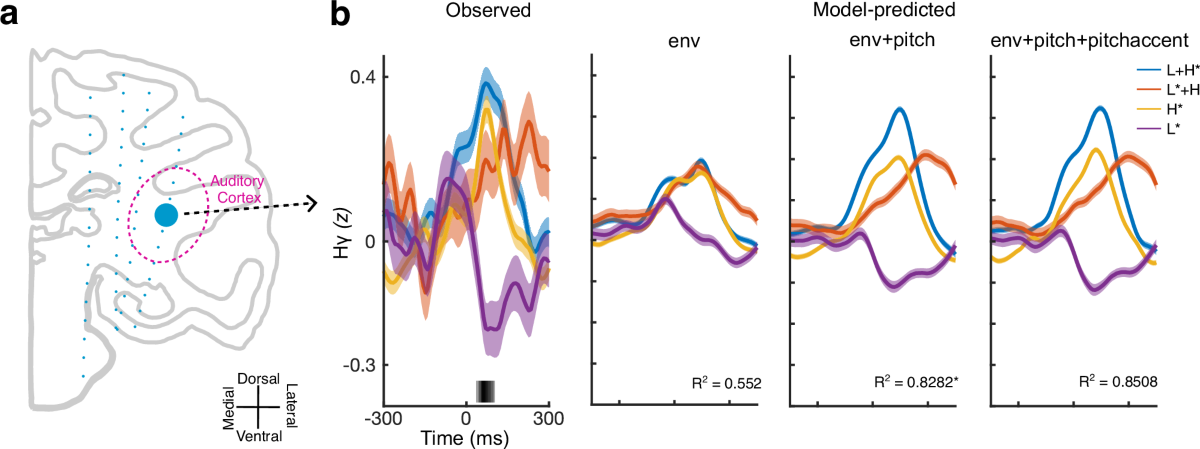
Pitch modulation techniques during data presentation
Negotiation Environments
In negotiation contexts, I've found that strategic intonation for conveying conviction without aggression is particularly valuable. This involves maintaining a steady, measured tone with selective emphasis on key points, avoiding the sharp pitch increases that can signal confrontation or defensiveness.
One technique I've refined is mirroring—subtly matching the intonation patterns of negotiation partners to establish rapport and create a sense of alignment. This neurologically-based approach creates subconscious connection before introducing points of difference.
Negotiation Intonation Effectiveness
Team Leadership Communications
When leading teams, I carefully balance motivational intonation patterns with authenticity. Overly enthusiastic delivery can appear artificial and damage credibility, while flat delivery fails to inspire. I've developed what I call "grounded enthusiasm"—moderate pitch variation with authentic energy focused on key vision points.
For directive communication, I use clear, descending intonation patterns that provide guidance without sounding authoritarian. This approach is particularly important when working with Interactive Voice Response Systems or when recording instructions that will be delivered through technological means.
flowchart TD
A[Business Contexts] --> B[Presentations]
A --> C[Negotiations]
A --> D[Team Leadership]
B --> B1[Concept Introduction]
B --> B2[Data Presentation]
B --> B3[Section Transitions]
B --> B4[Q&A Handling]
C --> C1[Conviction Without Aggression]
C --> C2[Rapport Mirroring]
C --> C3[Commitment Securing]
C --> C4[De-escalation Patterns]
D --> D1[Motivational Delivery]
D --> D2[Clear Directives]
D --> D3[Balanced Feedback]
D --> D4[Crisis Communication]
style A fill:#FF8000,stroke:#E67300,color:white
style B,C,D fill:#42A5F5,stroke:#1976D2,color:white
style B1,B2,B3,B4,C1,C2,C3,C4,D1,D2,D3,D4 fill:#66BB6A,stroke:#43A047,color:white
Intonation applications across key business contexts
By adapting my intonation strategies to these specific business contexts, I've seen measurable improvements in communication outcomes—from higher presentation retention rates to more successful negotiation results and increased team engagement.
Technology-Enhanced Intonation Development
The emergence of AI-powered tools has revolutionized how I approach intonation skill development. These technologies transform abstract vocal concepts into concrete, actionable insights that accelerate improvement.
AI-Powered Analysis Tools
I've incorporated several AI-powered speech analysis platforms into my development routine. These tools provide detailed metrics on pitch variation, speech rate, emphasis patterns, and pause duration—elements that were previously difficult to quantify and improve systematically.
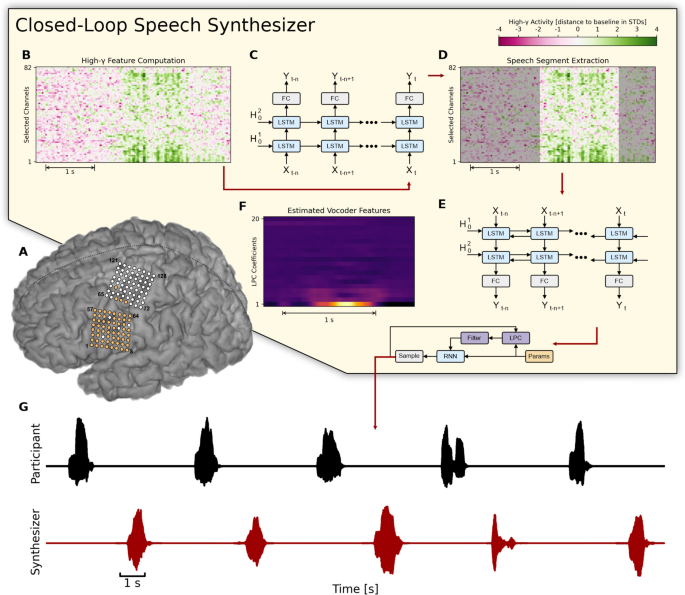
AI-powered intonation analysis dashboard
Visualization Platforms
One of the most powerful tools I've discovered is PageOn.ai's visualization capabilities. By converting abstract vocal concepts into visual representations, PageOn.ai makes intonation patterns concrete and actionable. I've used the AI Blocks feature to create custom intonation pattern libraries for my team, allowing us to develop a shared vocabulary for effective vocal delivery.
These visualizations have been particularly valuable for understanding the subtle differences between effective and ineffective intonation patterns. By seeing the patterns represented graphically, I can make precise adjustments to my delivery that would be difficult to achieve through verbal feedback alone.
Technology-Enhanced Intonation Learning
Industry-Specific Benchmarking
I've leveraged PageOn.ai's Deep Search capabilities to identify industry-specific intonation benchmarks. This feature allows me to understand the vocal patterns that are most effective in my particular business context, rather than relying on generic communication advice.
flowchart LR
A[Technology-Enhanced Development] --> B[AI Analysis Tools]
A --> C[PageOn.ai Visualization]
A --> D[Industry Benchmarking]
A --> E[Custom Pattern Libraries]
B --> B1[Real-time Feedback]
B --> B2[Pattern Recognition]
C --> C1[AI Blocks Feature]
C --> C2[Vibe Creation Tool]
D --> D1[Sector-Specific Patterns]
D --> D2[Role-Based Benchmarks]
E --> E1[Team Standardization]
E --> E2[Situation-Specific Libraries]
style A fill:#FF8000,stroke:#E67300,color:white
style B,C,D,E fill:#42A5F5,stroke:#1976D2,color:white
style C1,C2 fill:#66BB6A,stroke:#43A047,color:white
Technology-enhanced intonation development ecosystem
By combining these technological tools with traditional practice methods, I've accelerated my intonation skill development significantly. The visual representations created through PageOn.ai have been particularly valuable in helping me internalize complex intonation patterns that enhance my business communication clarity.
Measuring Intonation Effectiveness in Business Outcomes
To justify investment in intonation skill development, I've found it essential to establish clear metrics that connect improved vocal dynamics to tangible business outcomes. These measurements help demonstrate the ROI of communication training initiatives.
Key Performance Indicators
I track several KPIs to measure intonation improvement and its business impact:
- Message retention rate (measured through follow-up assessments)
- First-time comprehension percentage (reduced need for clarification)
- Meeting efficiency metrics (shorter duration with same outcomes)
- Persuasion effectiveness (conversion rates on proposals)
- Engagement metrics during presentations (attention maintenance)
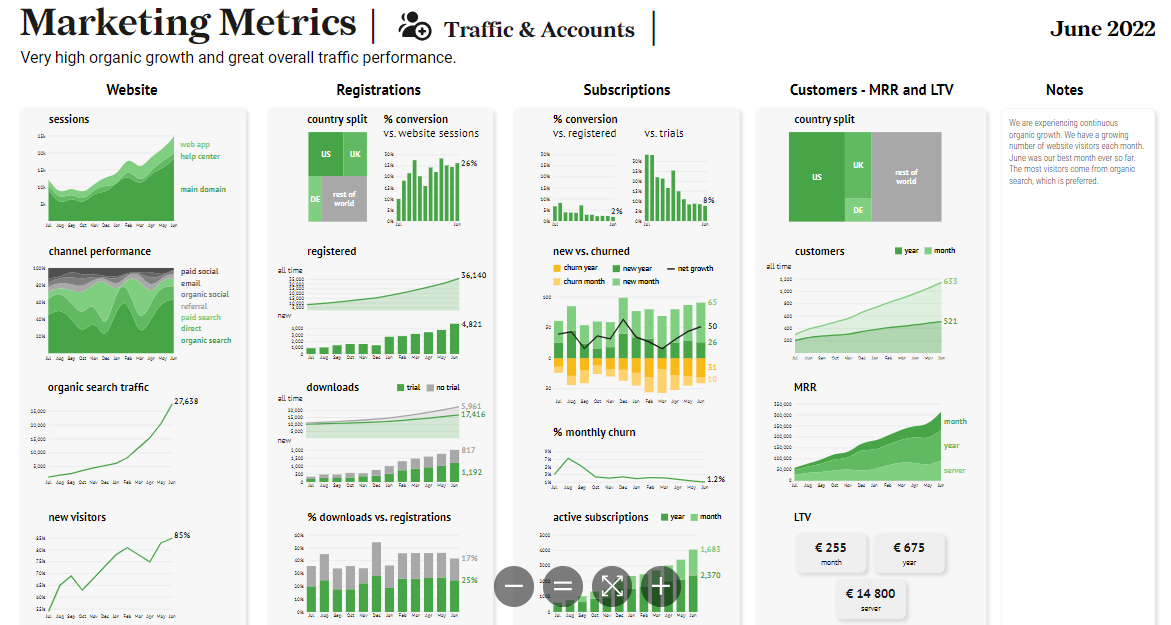
Intonation effectiveness dashboard with business impact metrics
Case Studies: Business Transformation
Several companies I've worked with have implemented systematic intonation training programs with remarkable results. One technology firm improved their sales team's closing rate by 24% after a focused eight-week intonation development program. A financial services organization reduced their client onboarding time by 18% by improving the clarity of their explanation processes through strategic intonation.
Business Impact of Intonation Training
ROI Calculation Methods
I've developed a framework for calculating the return on investment for intonation training initiatives. This model accounts for:
- Reduced meeting time (hourly cost × hours saved)
- Improved conversion rates (additional revenue from higher success)
- Error reduction (cost savings from fewer misunderstandings)
- Enhanced team alignment (reduced rework and parallel efforts)
flowchart TD
A[Measuring Effectiveness] --> B[Key Performance Indicators]
A --> C[Business Case Studies]
A --> D[ROI Calculation]
A --> E[Feedback Collection]
B --> B1[Message Retention]
B --> B2[Comprehension Rate]
B --> B3[Meeting Efficiency]
B --> B4[Persuasion Metrics]
C --> C1[Sales Improvements]
C --> C2[Onboarding Efficiency]
C --> C3[Leadership Effectiveness]
D --> D1[Time Savings]
D --> D2[Conversion Increases]
D --> D3[Error Reduction]
E --> E1[Client Feedback]
E --> E2[Team Assessment]
E --> E3[Self-Evaluation]
style A fill:#FF8000,stroke:#E67300,color:white
style B,C,D,E fill:#42A5F5,stroke:#1976D2,color:white
Framework for measuring intonation effectiveness
By establishing clear metrics and calculation methods, I've been able to demonstrate that intonation training isn't just a "soft skill" development—it's a strategic investment with measurable returns that impact the bottom line.
Creating Your Personalized Intonation Development Plan
Based on my experience developing intonation skills in myself and others, I've created a structured approach to mastering business intonation patterns. This framework allows for personalized skill development while maintaining a systematic progression.
Self-Assessment Framework
The first step in my development plan is a comprehensive self-assessment. I recommend recording yourself in different business contexts and evaluating:
- Pitch variation range (monotone vs. dynamic)
- Emphasis consistency (are you highlighting the right information?)
- Pattern tendencies (rising terminals, flat conclusions, etc.)
- Pause utilization (strategic vs. hesitation pauses)
- Context adaptation (how you modify intonation across situations)

Intonation self-assessment framework template
Step-by-Step Progression
I've found that a structured progression works best for developing advanced intonation skills:
- Foundation Building: Master basic patterns (statements, questions, emphasis)
- Pattern Expansion: Develop situation-specific variations for different contexts
- Integration Practice: Combine patterns fluidly in realistic scenarios
- Feedback Refinement: Gather input and make precise adjustments
- Automaticity Development: Practice until patterns become natural and unconscious
Intonation Skill Development Timeline
Practice Exercises
I've developed several targeted exercises for specific business scenarios:
- The Data Delivery Drill: Practice presenting numerical information with clarity
- The Authority Pattern Practice: Refine descending intonation for leadership statements
- The Question Variation Exercise: Master different question intonations for different purposes
- The Emphasis Contrast Workout: Develop clear distinction between primary and supporting points
Using PageOn.ai for Visualization
One of my most effective development techniques has been using PageOn.ai to visualize my intonation patterns. By recording my speech and converting it to visual patterns using PageOn.ai's tools, I can see exactly where my intonation succeeds or fails to convey my intended message.
These visualizations make abstract vocal concepts concrete and actionable. I can track my improvement over time by comparing visual representations of my intonation patterns as they evolve through practice.
flowchart TD
A[Development Plan] --> B[Self-Assessment]
A --> C[Structured Progression]
A --> D[Targeted Exercises]
A --> E[PageOn.ai Visualization]
A --> F[Integration Strategy]
B --> B1[Recording Analysis]
B --> B2[Pattern Identification]
C --> C1[Foundation Building]
C --> C2[Pattern Expansion]
C --> C3[Integration Practice]
C --> C4[Feedback Refinement]
C --> C5[Automaticity]
D --> D1[Scenario-Specific Drills]
D --> D2[Pattern Mastery Exercises]
E --> E1[Visual Pattern Creation]
E --> E2[Progress Tracking]
F --> F1[Authentic Voice Maintenance]
F --> F2[Contextual Adaptation]
style A fill:#FF8000,stroke:#E67300,color:white
style B,C,D,E,F fill:#42A5F5,stroke:#1976D2,color:white
style E1,E2 fill:#66BB6A,stroke:#43A047,color:white
Comprehensive intonation development plan framework
The key to successful intonation development is maintaining your authentic voice while implementing these techniques. The goal isn't to sound like someone else, but rather to enhance your natural communication style with strategic intonation patterns that maximize clarity and impact.
Transform Your Business Communication with PageOn.ai
Ready to visualize and master the intonation patterns that will elevate your business communication? PageOn.ai's powerful visualization tools can help you transform abstract vocal concepts into clear, actionable insights that drive better business outcomes.
Conclusion: The Ongoing Journey of Vocal Excellence
Mastering business intonation is not a destination but an ongoing journey. As communication environments evolve—particularly with the increasing prevalence of digital and hybrid interactions—the strategic application of intonation patterns must continue to adapt.
I've found that the most successful communicators are those who view intonation as a dynamic skill requiring continuous refinement. By establishing a foundation of effective patterns, regularly assessing their impact, and making deliberate adjustments, you can ensure that your vocal dynamics consistently enhance rather than hinder your business communication clarity.
The tools and strategies I've outlined provide a comprehensive framework for developing this critical skill. By leveraging visualization platforms like PageOn.ai, you can accelerate your progress and achieve more precise control over how your voice shapes your message's reception.
Remember that the ultimate goal is not perfection, but effectiveness. The right intonation pattern is the one that most clearly conveys your message and achieves your communication objective in that specific business context. With deliberate practice and technological support, you can develop the vocal dynamics that will enhance your business clarity and drive better outcomes across all your professional interactions.
You Might Also Like
Revolutionizing Academic Presentations: Free AI Tools for Scholarly Communication
Discover how free AI tools are transforming academic presentations. Learn about AutoSlide, Gamma.app, Adobe Express, and how PageOn.ai enhances scholarly visual communication.
Mastering Adobe Acrobat: Complete Visual Guide to Transform Your PDF Workflow
Step-by-step visual guide to Adobe Acrobat - learn to create, edit, secure, and collaborate on PDFs with expert tips, interactive elements, and PageOn.ai integration.
Automating Research and Outlining for Educational Slides | AI-Powered Visual Learning
Discover how AI automation revolutionizes educational slide creation, reducing preparation time from hours to minutes while enhancing learning outcomes through powerful visual presentations.
AI-Powered Presentation Tools: Revolutionizing Business Communication | PageOn.ai
Discover how AI-powered presentation tools are transforming business communication with time-saving automation, personalized content, and dynamic visual storytelling for better audience engagement.
